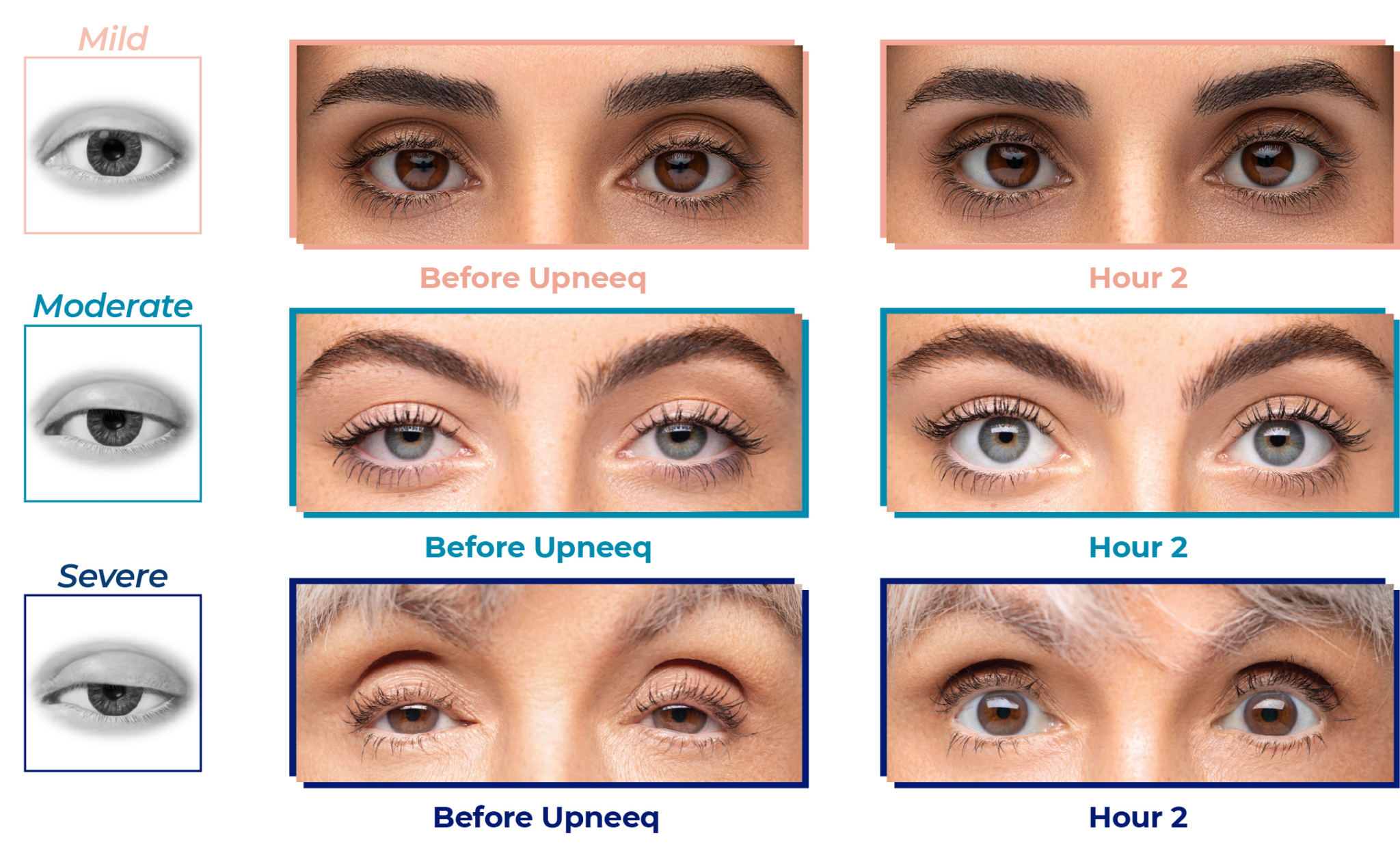
Are low-lying eyelids making your eyes look a little tired? You may have acquired ptosis.
Low-lying lids may be caused by acquired blepharoptosis. If you see signs of low-lying lids, talk to Florida Aesthetics and wellness about getting UPLIFTED with Upneeq! Upneeq is the only FDA-approved once-daily prescription eyedrop for acquired ptosis (low-lying lids) that lifts your upper eyelids to open your eyes

WHY DO MY EYELIDS LOOK LOW?
If your eyes look “tired” or “sleepy,” you may have a condition called acquired blepharoptosis (also known as acquired ptosis or low-lying lids).
ACQUIRED PTOSIS (LOW-LYING LIDS) IS A COMMON MEDICAL CONDITION THAT:
Can develop later in life
Affects adults of all ages, but occurs more often with increased age
Usually occurs when the muscles in the eyelid stretch and weaken, causing the upper eyelid to droop
May be caused by other issues, such as cataract surgery, contact lens wear, or an underlying medical condition. It could also be a sign of a more serious medical condition.


